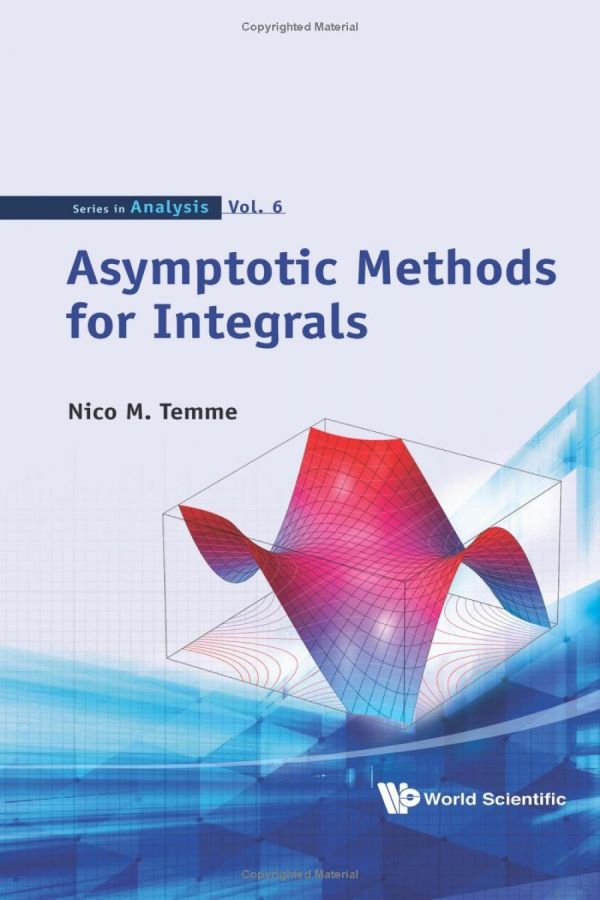

Most ebook files are in PDF format, so you can easily read them using various software such as Foxit Reader or directly on the Google Chrome browser.
Some ebook files are released by publishers in other formats such as .awz, .mobi, .epub, .fb2, etc. You may need to install specific software to read these formats on mobile/PC, such as Calibre.
Please read the tutorial at this link: https://ebookbell.com/faq
We offer FREE conversion to the popular formats you request; however, this may take some time. Therefore, right after payment, please email us, and we will try to provide the service as quickly as possible.
For some exceptional file formats or broken links (if any), please refrain from opening any disputes. Instead, email us first, and we will try to assist within a maximum of 6 hours.
EbookBell Team

0.0
0 reviewsThe text extensively covers the classical methods with an emphasis on how to obtain expansions, and how to use the results for numerical methods, in particular for approximating special functions. In this way, we work with a computational mind: how can we use certain expansions in numerical analysis and in computer programs, how can we compute coefficients, and so on.
Readership: Researchers in applied mathematics, engineering, physics, mathematical statistics, probability theory and biology. The introductory parts and examples will be useful for post-graduate students in mathematics